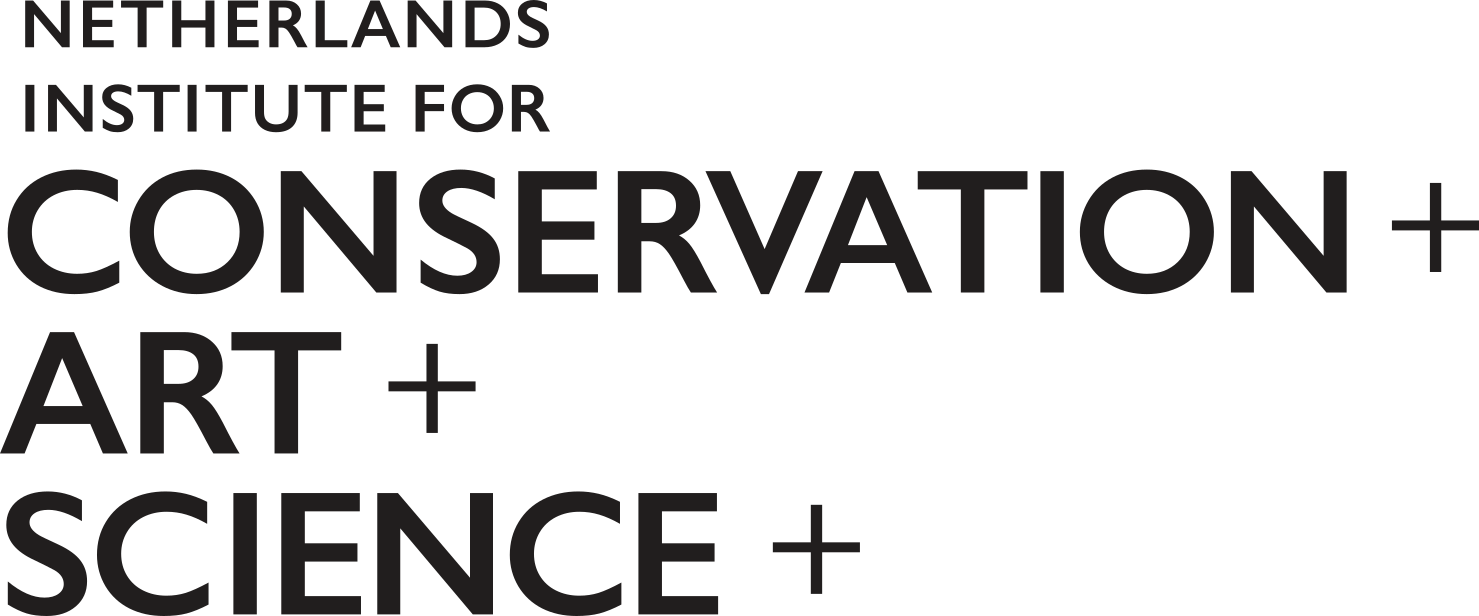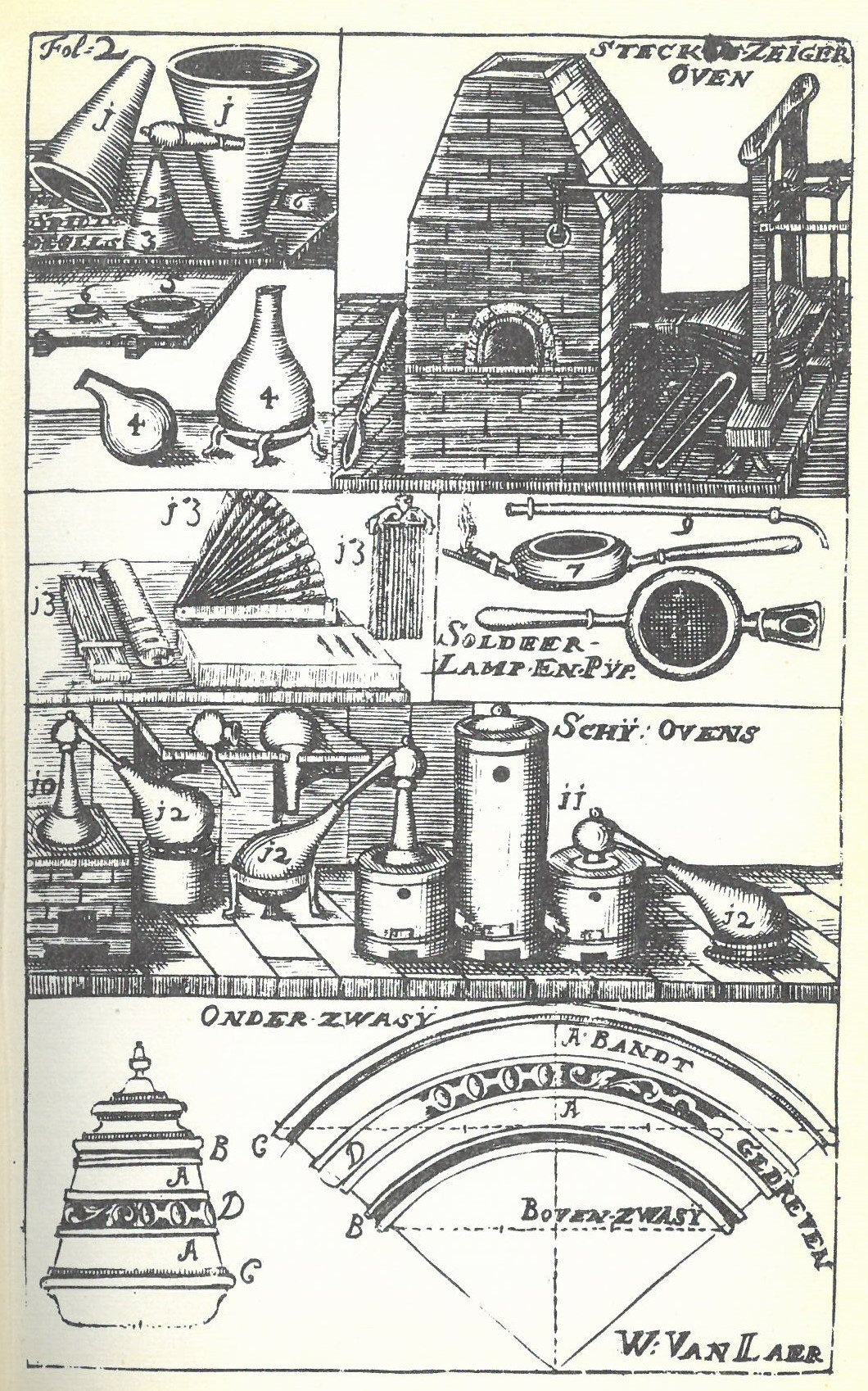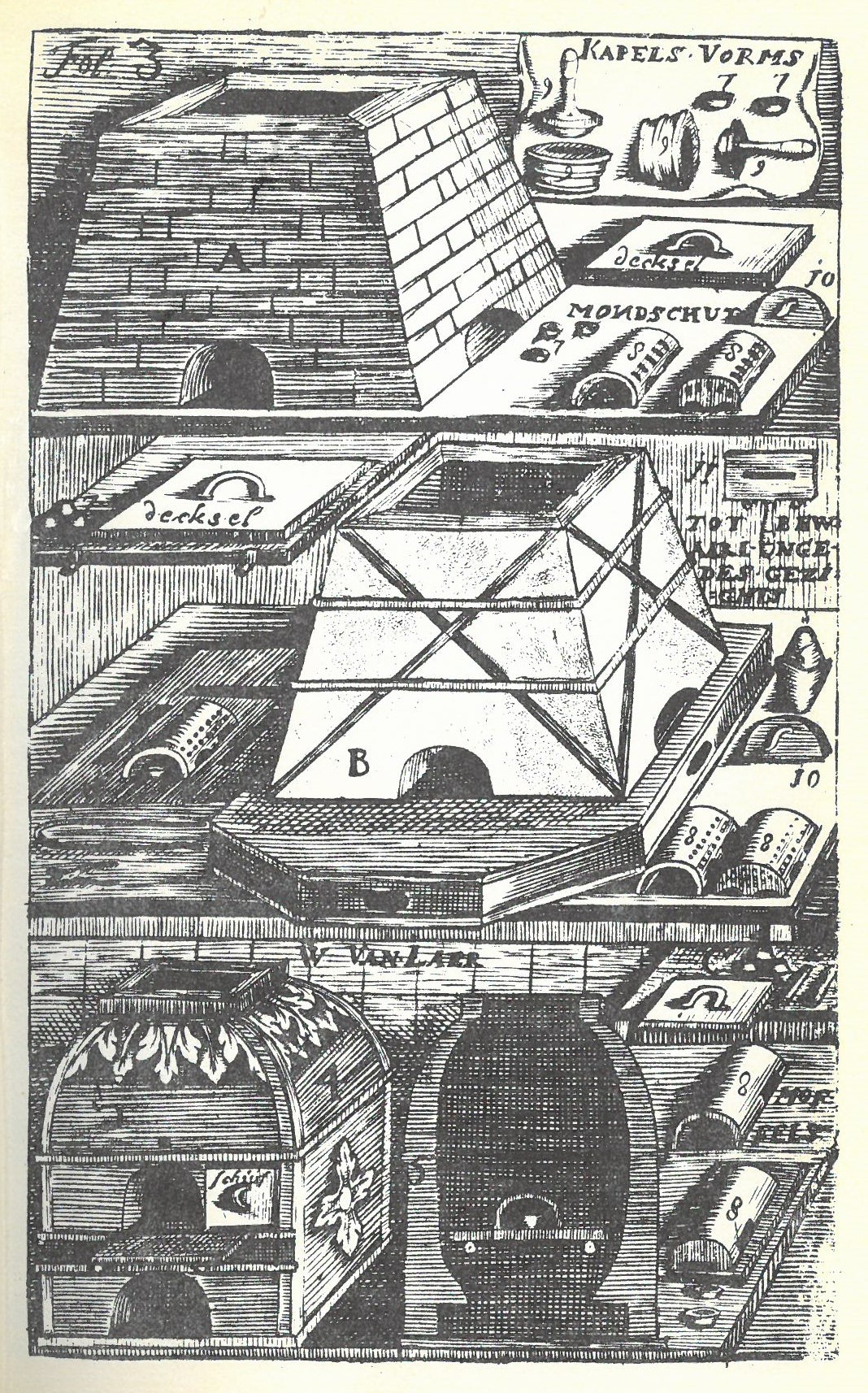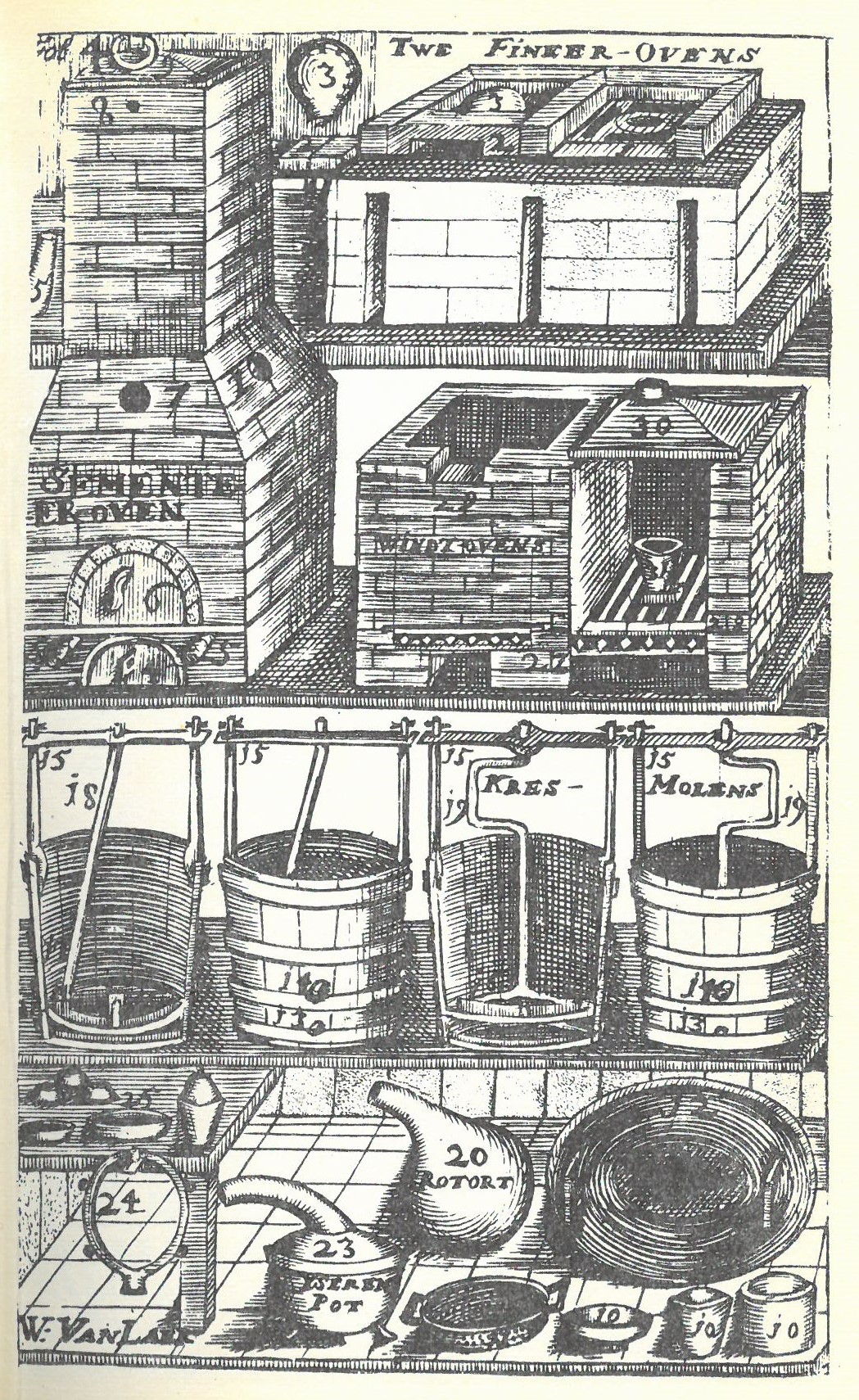► UPDATED GUIDELINES AND DEADLINE
In order to stimulate research being done in and with museums and cultural heritage collections in the Netherlands, NICAS has decided to launch a permanent funding scheme to support small projects. The guidelines for submission have been updated to allow a wider range of applicants to submit a proposal.
Researchers at museums and heritage institutions can now act as main applicants. To ensure collaboration between these institutions and academia, a co-applicant from a university is required, as a co-applicant from a heritage institution is required if the main applicant is a university researcher.
In addition, it is no longer a requirement that the main applicant should hold a PhD-title. Instead, the main applicants should have proven research experience. A PhD-title makes applicants automatically eligible. In other cases, the main applicant should have proven research experience in the form of published articles in scientific journals or conference proceedings.
Applicants can submit proposals all year, with decisions on funding being made twice a year. We invite you to submit a proposal for the next round before September 15th 2022, with a decision on grants taken in October/November 2022. The annual budget will be at least k€50.
► THREE NEW SMALL PROJECT GRANTS AWARDED
The Crucifixion of the Lindau Master (panel painting, early 15C, Museum Catharijneconvent) was in a bad condition for decades. Cleaning and provisional restoration treatments revealed that the work’s currently visible azurite layer is obscuring a golden background. This leads to the question whether this blue layer should be irreversibly removed as it is not part of the original appearance, or if it should be maintained as a part of the panel’s history. In an aim to overcome this dilemma, we approach this problem interdisciplinarily by combining the knowledge of art historians, restorers, by integrating modern 3D technologies and by investigating the possible impact of a restoration on the perception of the viewer using eye-tracking research.
In an earlier stage of this project, a modifiable digital model has been created based on 3D recordings of the painting’s topography and colours (Factum Foundation). This digitized version of the painting has been restored virtually to the previous condition with the golden background, using A.I. software. We intend to use this digital model to 3D print two facsimiles: a copy of the current state, and the virtually restored version with the golden background. By visualizing the possible end-result of the restoration, these prints will support the discussion on the restoration of the background of the Lindau painting. Is an irreversible restoration still needed when the proposed end result, albeit through a reproduction, is already available? They will also allow us to investigate the changes of the restoration on the perception of the artwork. An eye tracking experiment, where the eyes of the viewer are recorded with a mobile eye-tracker (Tobii glasses) and their thoughts are verbalized with a think-aloud method, will be conducted to analyze the differences in the viewing experience of the visitor of the two versions of the artwork in two different lighting conditions (a stable and an unstable light source).
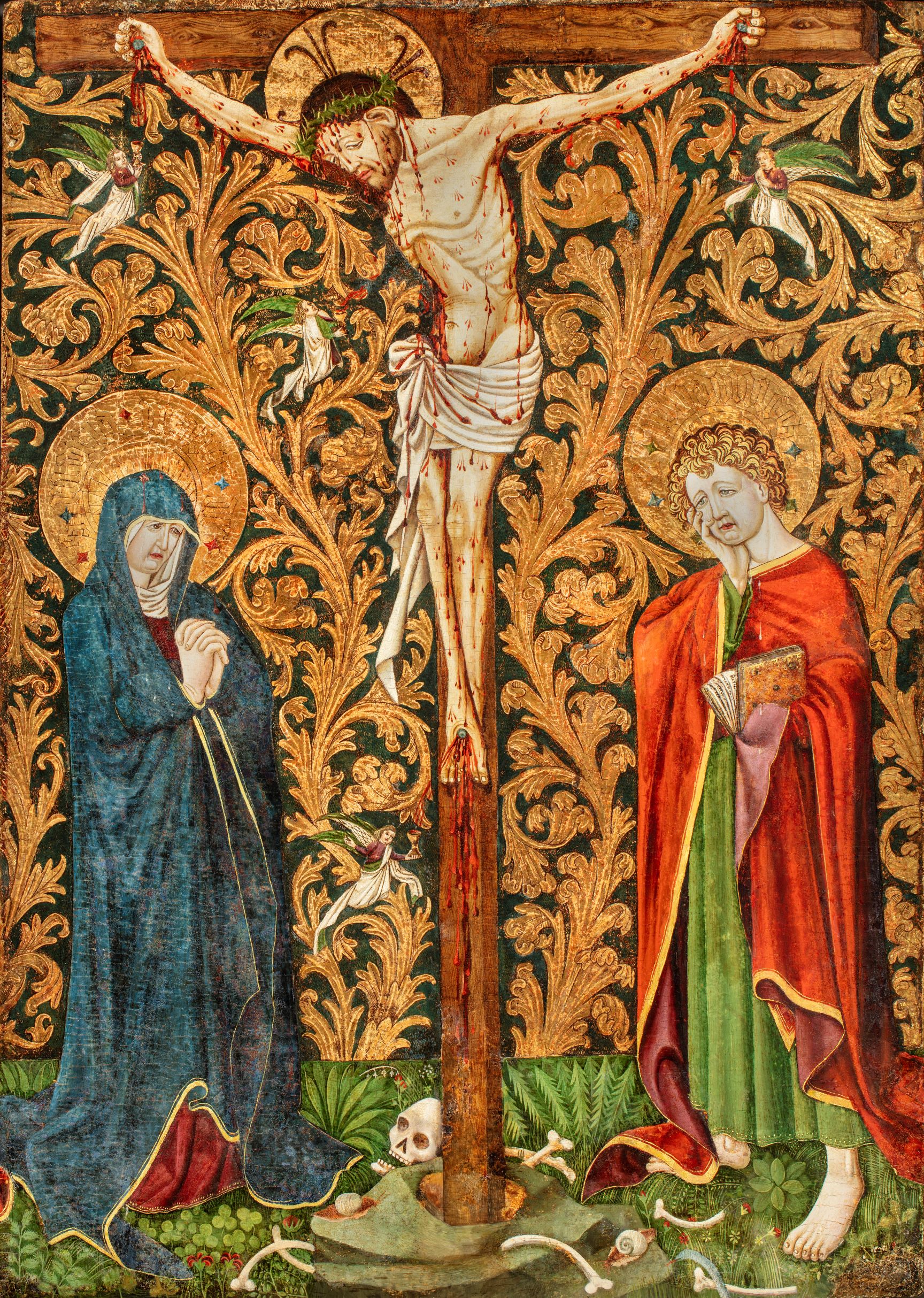
The Crucifixion, Master of the Lamentation of Christ in Lindau, c. 1425. Utrecht, Museum Catharijneconvent, ABM s34
Willem Van Laer’s 18th C. Guidebook For Upcoming Gold- And Silversmiths, Translation And Annotation
Art technological sources are of great value to conservators and (technical) art historians as they provide a unique insight into the production process of cultural heritage objects, the materials used to create them and the methods that were applied in the 18th century to maintain precious metal objects. Willem van Laer’s Guidebook for upcoming gold- and silversmiths (1721) is an exceptional example of this, being the only published 18th century silversmithing manual in Western Europe. An interdisciplinary team of experts has been assembled to translate the text and annotate its contents in an effort to better understand 18th century gold- and silversmith practices. A dedicated website will be launched and symposia organized in an effort to disseminate the knowledge and insights accumulated by the project.
Engravings from van Laer’s Weg-Wyzer (1721), depicting tools and other equipment used in the 18th century silversmithing craft.
In the proposed research, the origin of canvas will be thoroughly examined by handweaving reconstructions of canvas, exploring newly developed technical imaging and stitching methods and applying highly advanced computational analysis on these images. In preliminary tests, as a run-up for this proposal, the viability of the proposed research was confirmed.
The research will provide knowledge and insight into the structure of the plain woven canvas of old master paintings. This will be achieved by connecting the structure of the canvas to the making of the canvas. The structure of the plain woven canvas is analysed by using highly advanced computational analysis, newly developed at the Rijksmuseum. This analysis visualises the composition of the handwoven canvas. The structure of canvas is, among other things, influenced by the way it was manufactured. This will be examined by handweaving linen canvas and executing a set of experiments in an effort to reconstruct the structure of handwoven canvas of old master paintings. These experiments will subsequently be analysed in the same way as the plain woven canvas of old master paintings. A comparison of these two sets of analysis will provide unique knowledge and insight into both the composition and the making of plain woven canvas of old master paintings.

Left image: Flowering flax on the ecological field of farmer Pyt Sipma in Engwierum (Friesland) which will be used for the handwoven reconstructions. [Photo by Daniel Maissan]
Middle image: Textile maker Ingeborg Meijssen weaving on her countermarch floor loom.
Right image bottom: Annotated stitched scan of one hand woven preliminary reconstruction in which a weaving ‘temple’ was used in the weaving of the upper half of the canvas.
Right image top: Weft thread spacing map of the handwoven preliminary reconstruction in which the effect of the temple is visible in decreasing the spacing of the weft threads (green color).
